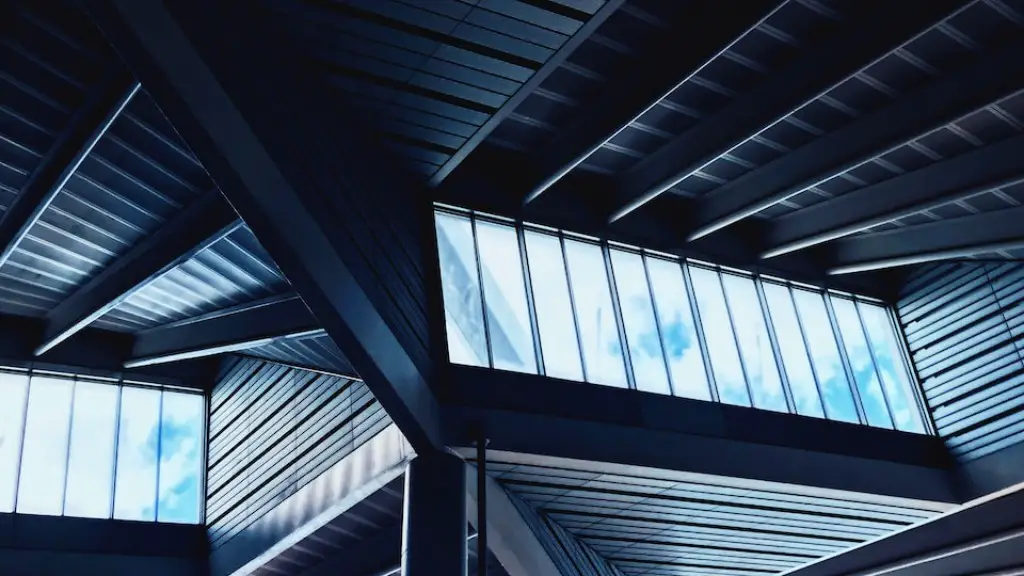African traditional architecture reflects the various cultures that have lived in Africa over the centuries. African architecture has been heavily influenced by religion, climate, and the availability of resources. African architecture has had a major impact on modern day architecture in other parts of the world.
African Social Interaction within Architecture
Much of African traditional architecture is based on social interactions. Some styles of traditional African architecture emphasize the needs of the community over the needs of the individual. Other styles focus on providing a specific space for a specific person or family. Tribal African architecture is often constructed using local materials and reflects the cultural beliefs of the people.
Religious Influences In African Architecture
Religions have had a major influence on African traditional architecture. Many tribes have built their homes and villages around religious sites or have incorporated religious symbols into the architecture. African traditional architecture has also been shaped by Islamic architecture, which has been prominent on the continent since the 11th century. African religious architecture often uses pointed arches, decorations, and low walls.
Techniques and Forms In African Architecture
African traditional architecture often uses building techniques and forms that are not commonly seen in other parts of the world. Some traditional African designs involve building underground structures, constructing large domes or pillared walls, and building forts and palaces. African traditional architecture also differs from other types of architecture in the use of decorated and intricate facades and the use of long, curved and undulating lines.
Climate Influences
Climate is another major factor that shapes African traditional architecture. Due to the hot climates in certain parts of Africa, many African houses are built with wide eaves and with materials that are naturally cool. African traditional architecture also includes large courtyards, which provide a respite from the hot sun. Additionally, some African homes may have high ceilings and large windows to allow for more ventilation and better air circulation.
Natural Resources
Natural resources, along with the climate and religious influence, have shaped African traditional architecture over the centuries. Many African houses have been constructed out of local materials such as mud, straw, and wood. Homes have been built with giant mud blocks or with larger stones. Additionally, many African villages and homes have been built around natural resources, such as rivers and springs.
Modern Adaptations of African Traditional Architecture
African traditional architecture has been heavily adapted in modern times. Modern African architecture often combines traditional and Western styles, resulting in an eclectic mix of designs that is both unique and appealing. This type of architecture often uses brightly colored paints, decorative details, and bold lines. African modern architecture often fuses traditional building materials, such as rammed earth, with modern materials, such as steel, glass, and concrete.
Sustainability Factors in African Traditional Architecture
Sustainability is also becoming a key factor in African traditional architecture. Radical traditionalism or neo-vernacular architecture, which combines traditional and modern design principles, has become a popular style. This type of architecture focuses on creating energy efficient and eco-friendly buildings. Additionally, African architects are beginning to integrate traditional building techniques, such as the use of mud and straw, into modern designs.
Adaptations of Traditional Forms and Styles Internationally
African traditional architecture is also becoming an international inspiration. Traditional African styles and forms are being used in other parts of the world, such as the United States and Europe. Architects in other parts of the world have adapted traditional African designs, resulting in a unique fusion of styles. Architects around the world have also adopted certain building techniques, such as the use of mud or stone, that were popular in traditional African architecture.
Modifications Made Across Different Regions
Though African traditional architecture is often associated with one particular style, it is a diverse and varied art form. Different cultures, religions, and resources have all impacted African architecture, resulting in distinct designs across different regions. Even within the same region, architecture styles can vary wildly based on the culture, religion, and individual preferences of the people who build and inhabit the structures.
Relevance of African Traditional Architecture Across Various Communities
Many African communities still live in traditional homes and villages today, demonstrating the continued relevance of African traditional architecture. African traditional architecture has been used as a source of inspiration for architects around the world, proving that the style is still relevant and will continue to be for many years to come. African traditional architecture has also become a symbol of African pride, as the style has been adopted by many African countries as a way to honor and celebrate their culture and heritage.
Influence of African Traditional Architecture on Other Parts of the World
African traditional architecture has had a major impact on modern architecture in other parts of the world. African religious architecture and sustainable traditional building techniques have been embraced by many architects, resulting in a unique fusion of styles in modern-day architecture. African design principles, such as the use of locally available materials and the emphasis on community unity, have also been adopted by many modern architects.
Decline of African Traditional Architecture
Though African traditional architecture is still relevant today, it is rapidly being replaced by modern and Western architecture. The shift towards Western architecture has been driven by political, economic, and social forces. Development projects, such as the construction of roads and bridges, have also contributed to the decline of African traditional architecture. Additionally, many African communities now have access to modern materials, such as concrete, steel, and glass, that can be used to construct buildings.
Preservation of African Traditional Architecture
Despite the decline of African traditional architecture, many African countries are working to preserve what remains. UNESCO has designated many traditional African structures as World Heritage Sites, ensuring their preservation. Additionally, organizations such as The Africa Traditional Architecture Series are leading the way in research, education, and advocacy for traditional African architecture.



